Newly Discovered ‘Giant Viruses’ Could Help Ice Sheets From Melting
Every spring, the Arctic awakens. But it’s not just animals who emerge from hibernation.
Dormant algae on the ice also begins to bloom, creating dark patches that accelerate ice melt and contribute to global warming.
Algae and Ice Melt
The blooming algae darken large areas of the ice, absorbing more sunlight and speeding up the melting process.

Source: Wikimedia
This phenomenon exacerbates the effects of climate change, making the Arctic ice more vulnerable to higher temperatures.
Discovery of Giant Viruses
Researchers led by Laura Perini at Aarhus University have discovered giant viruses living on the ice.
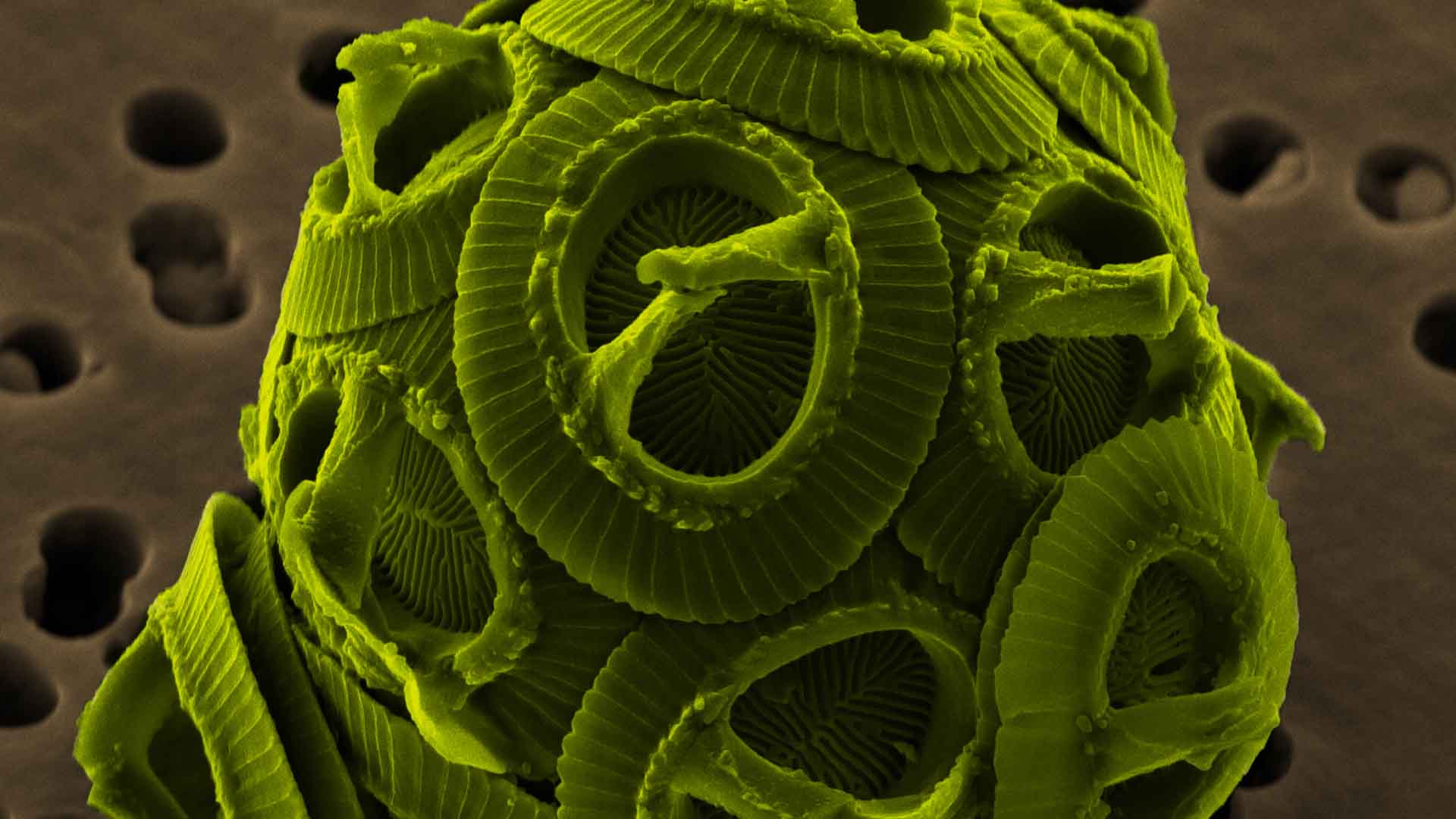
Source: NEON ja/Wikipedia
These viruses were found alongside the algae, suggesting a potential natural control mechanism to reduce the ice-melting effects caused by algal blooms.
Potential Control Mechanism
“We don’t know a lot about the viruses, but I think they could be useful as a way of alleviating ice melting caused by algal blooms,” says Perini.
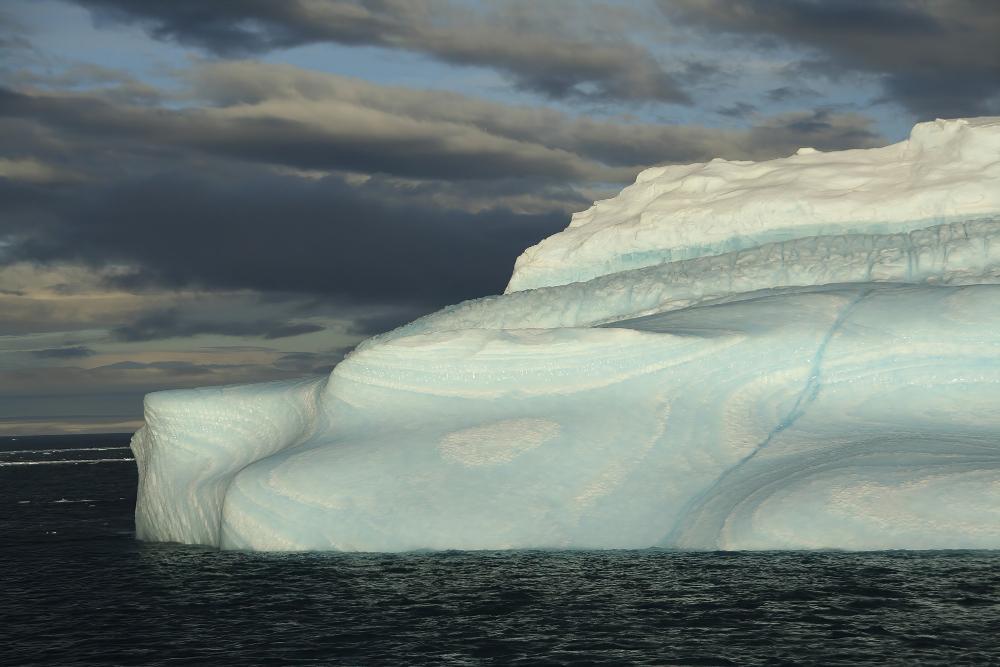
Source: Freepik
By studying these viruses further, researchers hope to determine their efficiency in controlling algae growth on the ice.
First Discovery on Ice
Giant viruses were first discovered in 1981 in the ocean, specializing in infecting green algae.
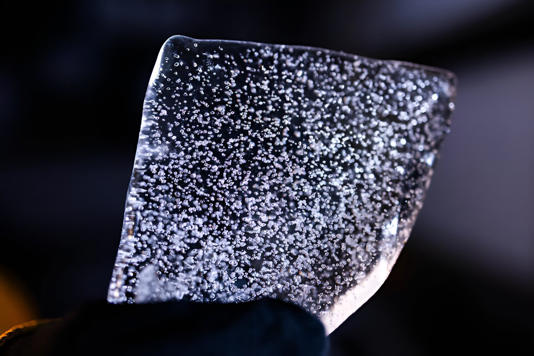
Source: Katherine Stelling, Oregon State University
This marks the first time giant viruses have been found on surface ice and snow, which are areas dominated by microalgae.
Diverse Ecosystem on Ice
Contrary to previous beliefs, the Arctic ice hosts a diverse ecosystem.
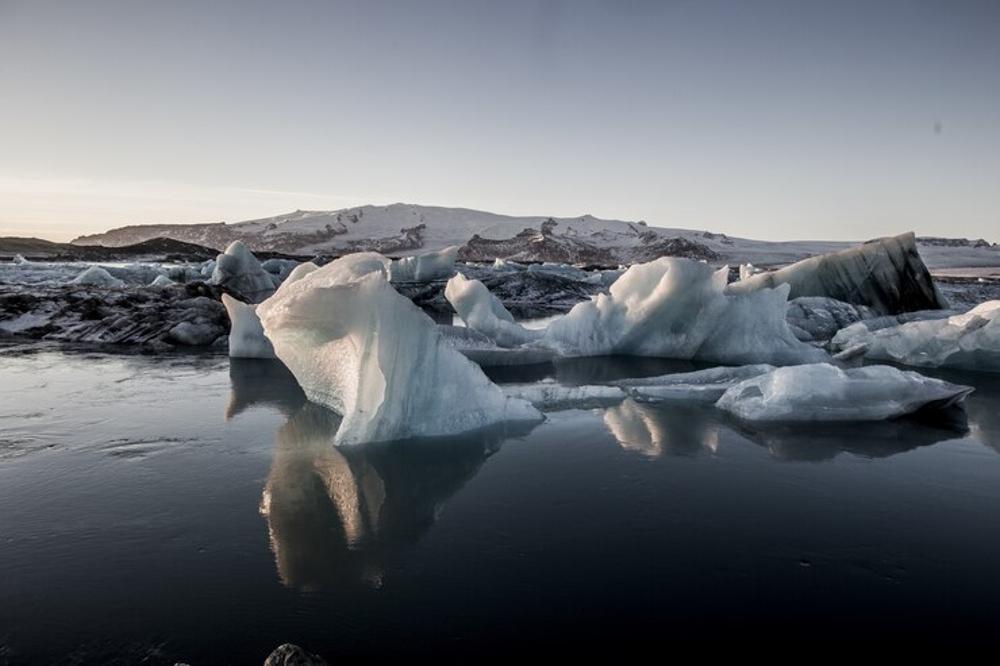
Source: Freepik
Besides bacteria, filamentous fungi, and yeasts, there are protists eating the algae, different fungi species parasitizing them, and giant viruses infecting them. Understanding this ecosystem is crucial for controlling algal blooms.
Microscopic Giants
Despite being called giant, these viruses are too small to be seen with the naked eye.
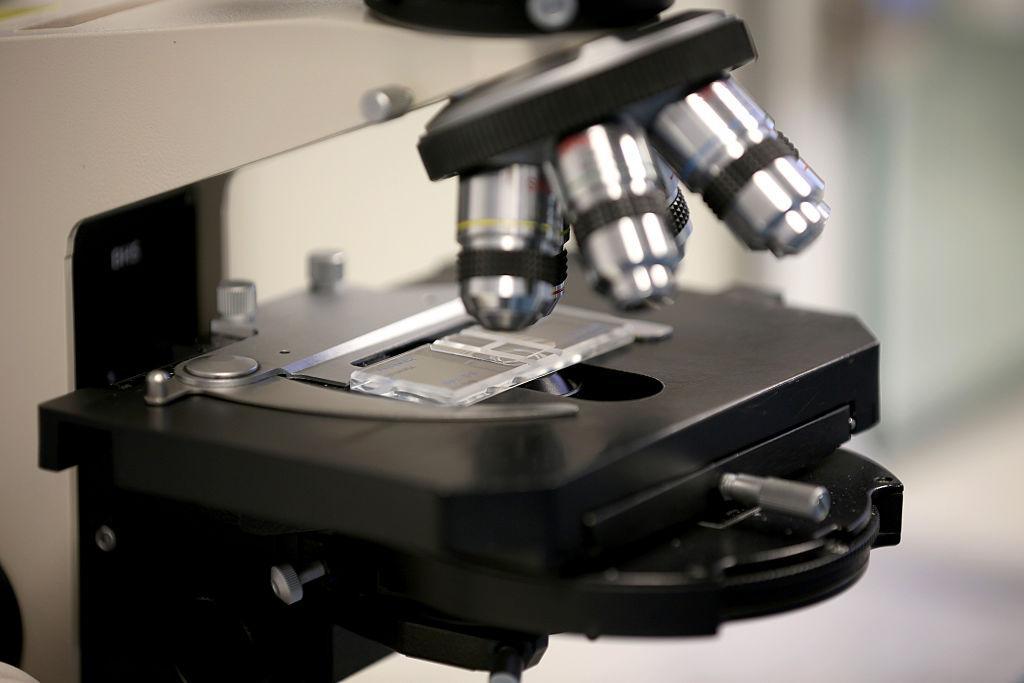
Source: Christopher Furlong/Getty Images
Perini’s team identified them by analyzing DNA from ice samples, finding sequences similar to known giant viruses.
Confirmation of Active Viruses
To confirm that these viral DNA sequences came from living viruses, the researchers extracted all mRNA from the samples.
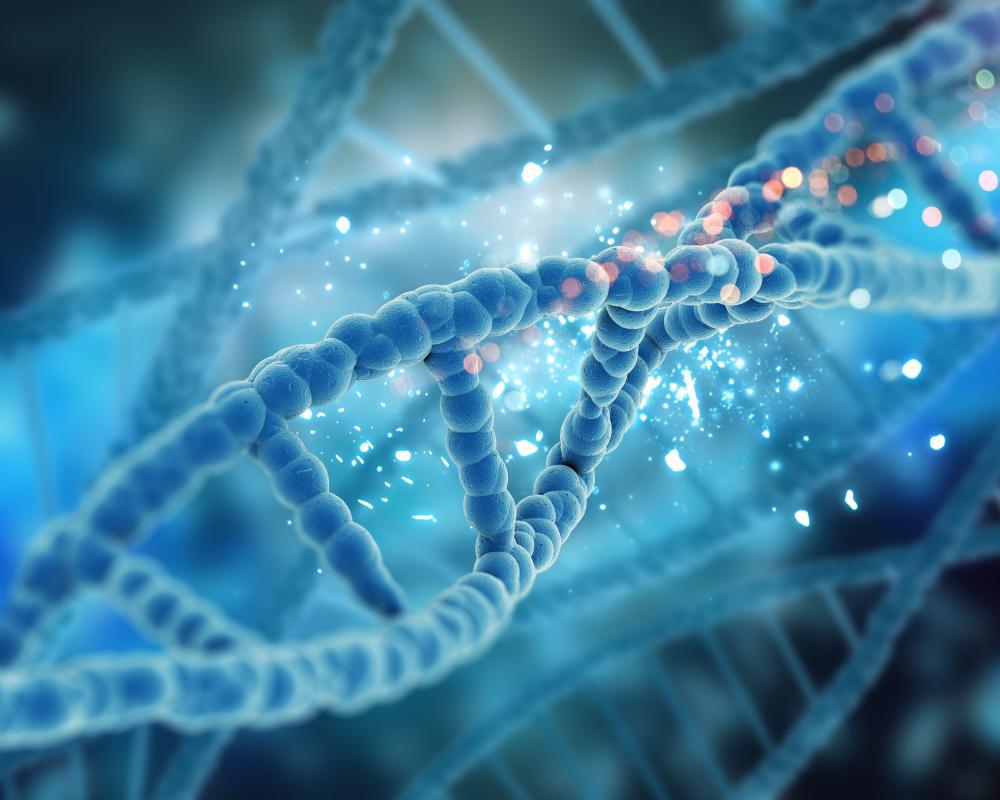
Source: Freepik
The presence of these sequences indicated that the viruses are alive and active on the ice.
Uncertain Functionality
Giant viruses have many active genes, allowing them to repair, replicate, transcribe, and translate DNA. However, their specific hosts and exact functions remain unclear. Some may infect protists, while others attack the snow algae.

Source: Freepik
“Which hosts the giant viruses infect, we can’t link exactly,” says Perini. “Some of them may be infecting protists while others attack the snow algae. We simply can’t be sure yet.”
Ongoing Research
Perini’s research is ongoing, with more findings expected soon.

Source: Freepik
“Later this year, we’ll release another scientific paper with more info on giant viruses infecting cultivated microalgae on the Greenland Ice Sheet,” she says.
Implications for Climate Change
If giant viruses can effectively control algal blooms, they could play a significant role in mitigating ice melt.
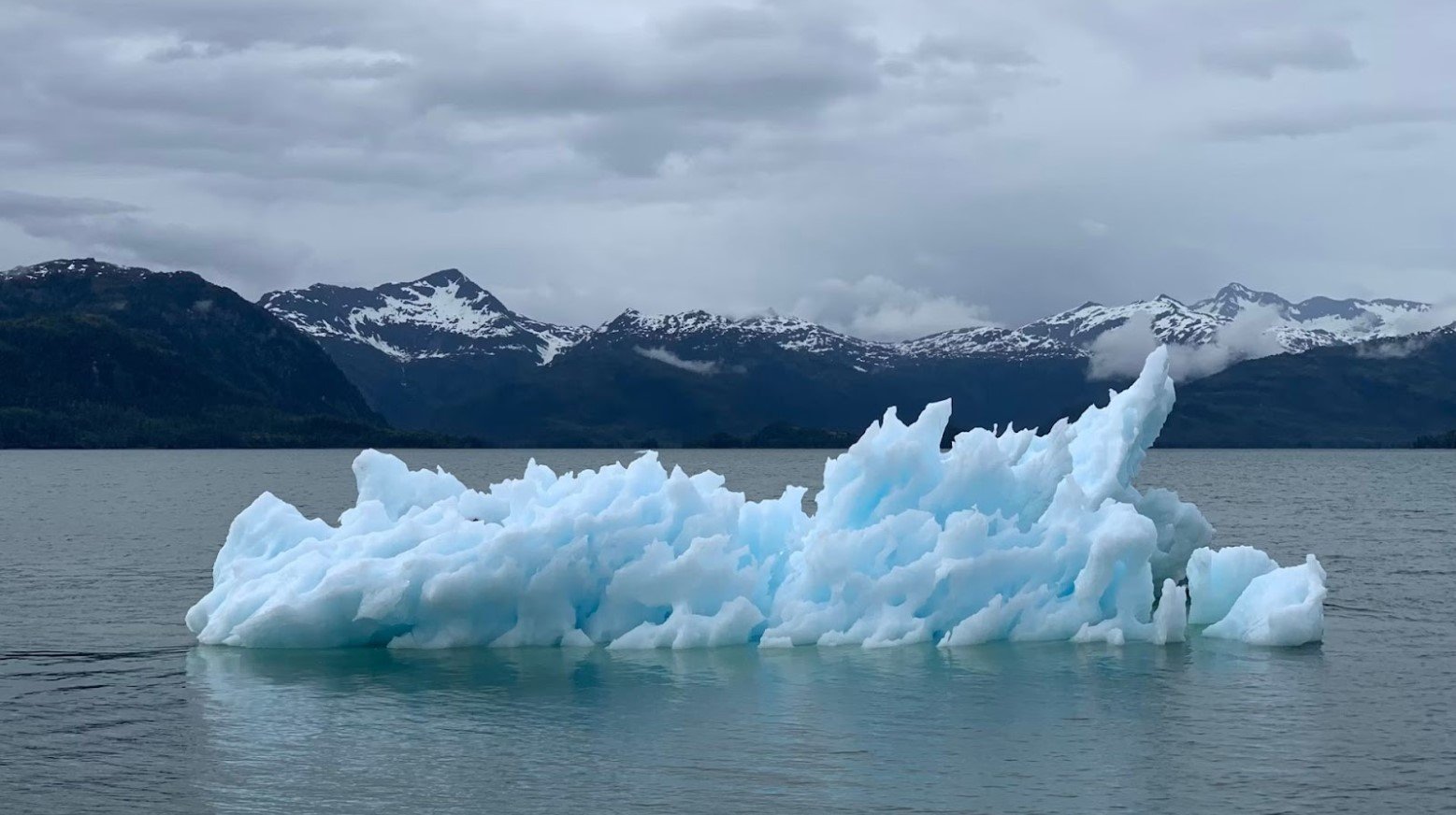
Source: Melissa Bradley/Unsplash
This discovery opens new avenues for combating the adverse effects of climate change — at least in the Arctic.
A Glimpse into the Future
Further research will provide more insights into the interactions between giant viruses and algae.
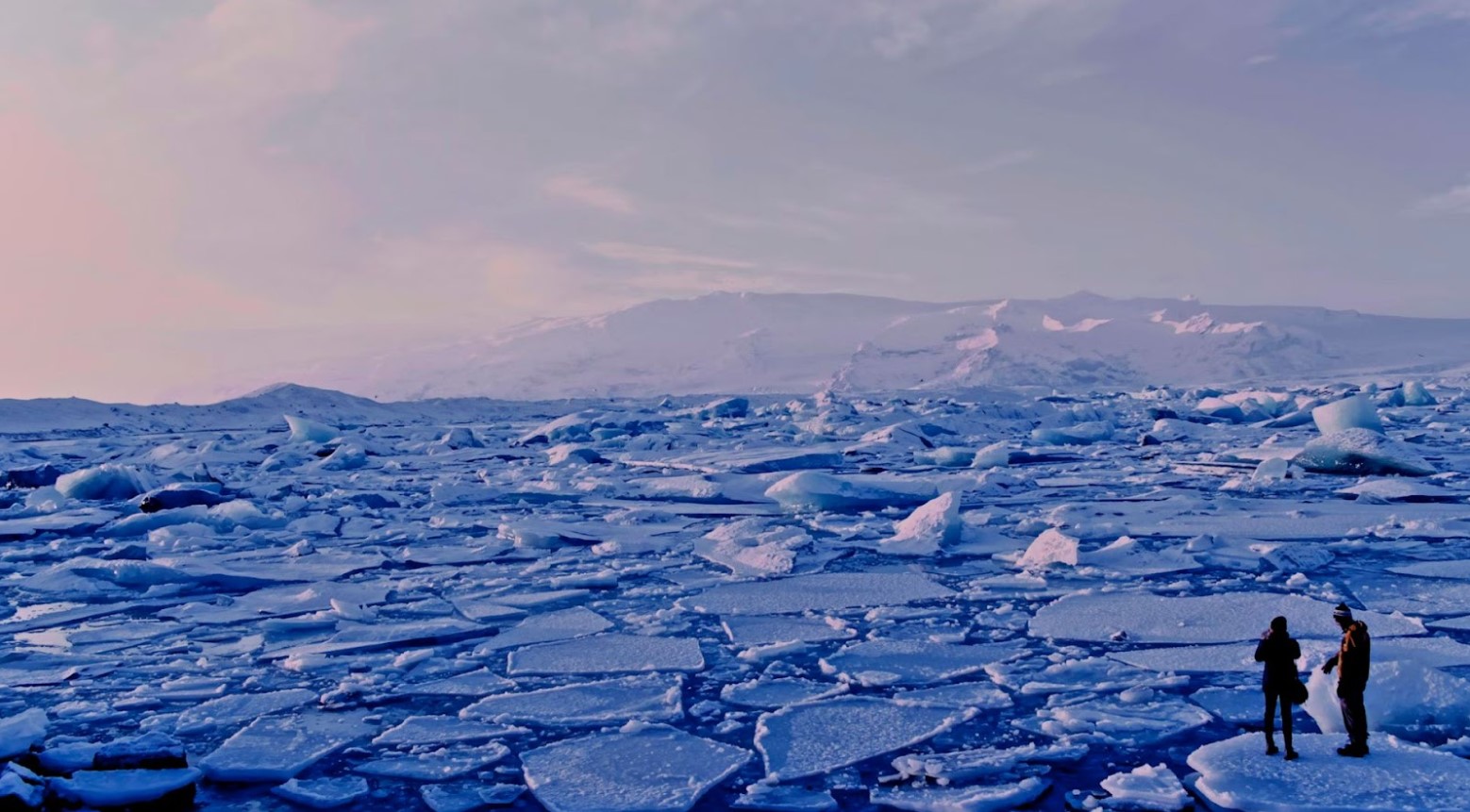
Source: Roxanne Desgagnés/Unsplash
This knowledge could lead to innovative strategies to protect the Arctic ice and, hopefully, reduce the impact of global warming.
